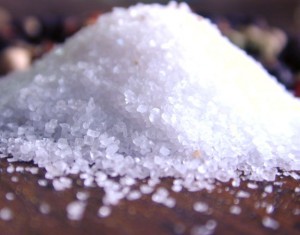 If sugar is your vice, this time of year is sure to gratify your sweet tooth. October kicks off the season with three little words (“trick or treat”) delivering delightful gobs of goodies. November perpetuates the trend with pumpkin pie and candied yams. And all of this leads up to the grand celebratory month of December marked by my personal favorite, our family’s traditional homemade fudge.
If sugar is your vice, this time of year is sure to gratify your sweet tooth. October kicks off the season with three little words (“trick or treat”) delivering delightful gobs of goodies. November perpetuates the trend with pumpkin pie and candied yams. And all of this leads up to the grand celebratory month of December marked by my personal favorite, our family’s traditional homemade fudge.
If you indulge in entertaining your palate during these three months, you may consume all the sugar your body needs for the next six months.
America is notorious for serving foods high in sugar. According to Dr. Mehmet Oz, the average American consumes 130-150 pounds of sugar per year. During your lifetime, you may consume as much as 3,550 pounds of sugar. Dr. Oz also reports that in the 1700’s the average person consumed 7 ½ pounds of sugar per year. That’s 20 times more than our ancestors!
It is no wonder that both adult and, as Dr. Thrasher states in his neighboring article, childhood obesity is on the rise. Health care costs are increasing as are type II diabetes and heart disease–all due to poor diet choices.
And proper diet choices begin at home.
You may be surprised to learn that 50 percent of the sugar we consume today comes from high-fructose corn syrup in fat-free foods and regular soft drinks. One can of regular soda contains 45 grams of sugar or more. Fast food, fruit drinks, dairy desserts, candy, cookies, and some whole grain snacks are also culprits. Your idea of a healthy snack may not actually be that healthy. Be sure to read the labels to learn fat and sugar content.
Since the 1970’s, food manufacturers have been told that the food they produce has too much fat. Food manufacturers responded by removing the fat and replacing it with sugar. All along they were thinking they solved the problem, yet they created another.
According to pediatric endocrinologist Dr. Robert Lustig of UCSF, studies reveal that sugar can be as addictive as cocaine. He states that sugar causes a euphoric effect that triggers dopamine, the chemical that controls pleasure in the brain. Cocaine has been known to create the same reaction. Although this may seem a conjectural statement, America is addicted to sugar.
How do we turn things around? Awareness is the first step and fortunately many healthy alternatives are now readily available. Stevia and Xylitol are satisfying sweet replacements because of their low glycemic levels, which means they are absorbed slowly and have minimal impact on blood sugar.1 Stevia is a good additive in small quantities and Xylitol, which is the same texture as cane sugar, is great for baking. Give them a try.
We all like a sweet treat every once in a while and no one is perfect. Just be selective, choose wisely, and avoid overindulging. Packing on the pounds prior to the New Year is routine for most Americans. Breaking that habit starts with each of us – and at home. Set your New Year goals now and you’ll feel better, stronger, and healthier come January.
Cheers to a happy and healthy 2013!
Bronwyn Ison is a Yoga instructor, mother of two and owner of Evolve Yoga. Public Yoga classes are conducted at Empire Polo Club. For more information call (480) 332.1951 or visit www.e-volveyoga.com
References: 1) http://www.organiclifestylemagazine.com/healthy-sugar-alternatives/








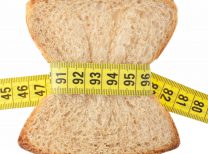
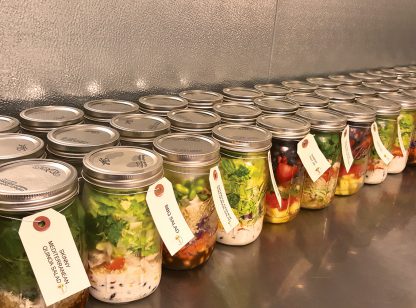


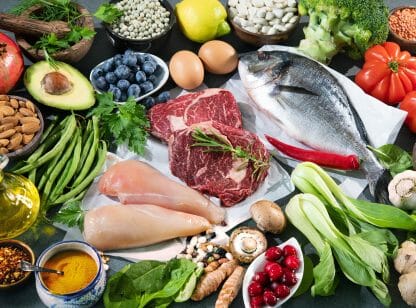
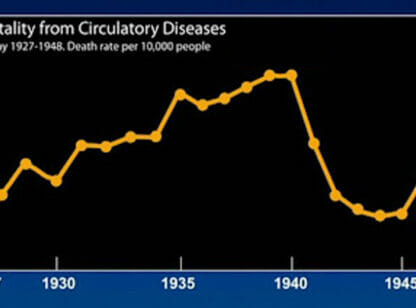
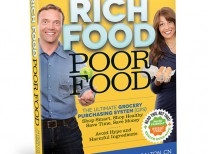

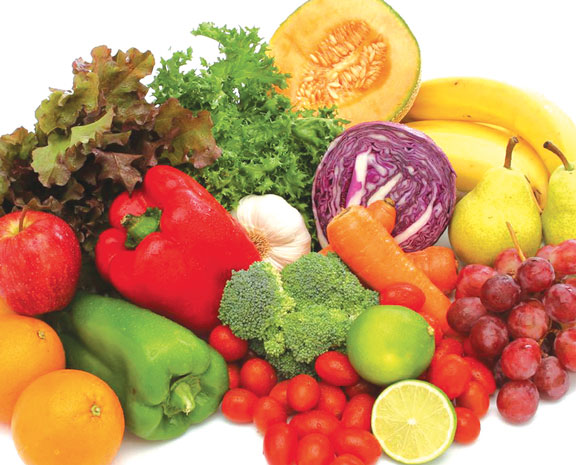





























Comments (0)